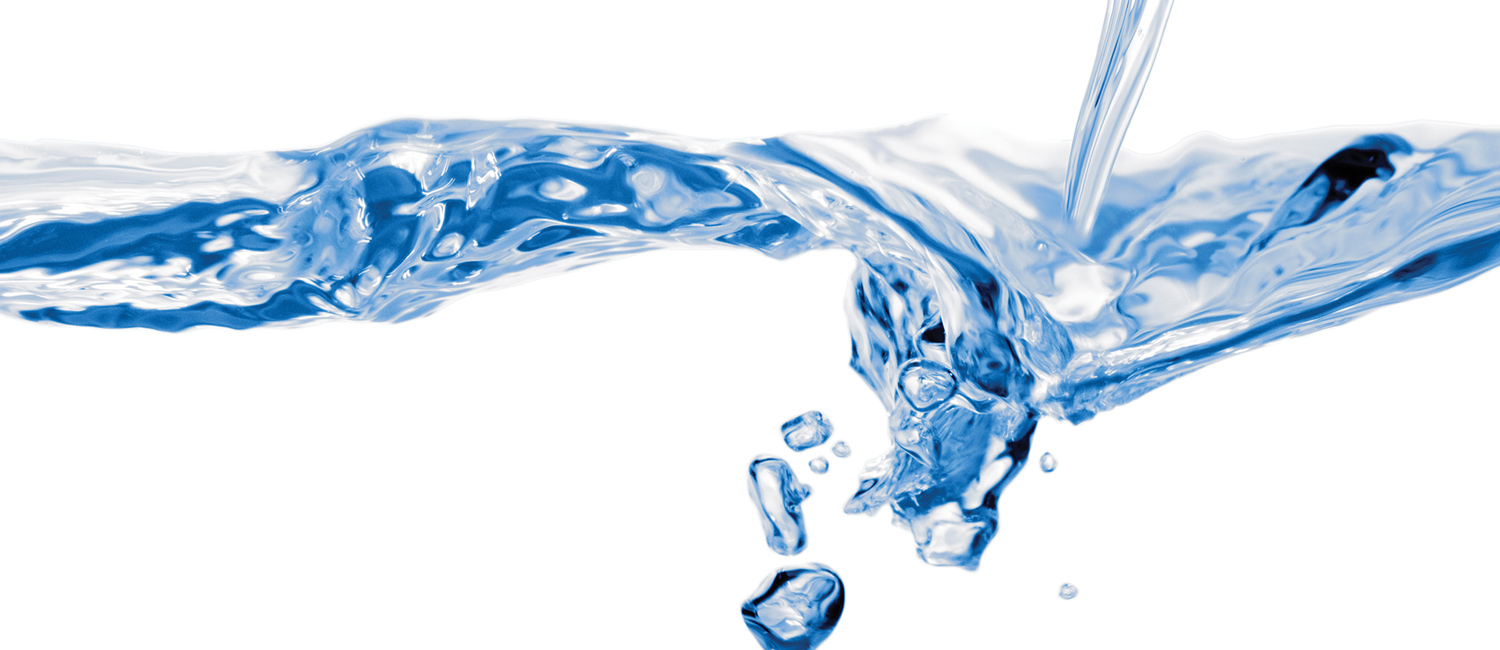
Keeping the water flowing
In its most recent report card, the American Society of Civil Engineers gave the nation’s drinking water and wastewater systems grades of “D.” One big reason: Our drinking water systems include some 1 million miles of infrastructure that’s nearing the end of its useful life, and replacing broken components will cost an estimated $1 trillion over the next decade.
With that in mind, the emerging field of cyber-physical systems, or CPS, is poised to evaluate the pipes, pumps, valves, regulators and tanks in the nation’s 170,000 public water systems and 16,000 public wastewater systems. The goal is to put money into the most needed repairs.
“As the nation’s infrastructure ages and budgets are limited, we need to invest wisely to repair and reinforce our water systems,” says Lingfeng Wang, College of Engineering and Applied Science associate professor and director of UWM’s Cyber-Physical Energy Systems Laboratory.
CPS integrates computations, communications and physical processes. Wang, considered a leader in this field, created a CPS software tool for the probabilistic, quantitative risk evaluation of water systems. Essentially, it removes guesswork from prioritizing repairs, and adds intelligent oversight to a complex and sophisticated system.
Currently, there is no systemic way to determine which areas of a water system are most in need of repair. Decisions are often made only after breakdowns occur. “The tool adds intelligence to the system and identifies the weakest links,” Wang says. That would help utilities, urban planners and policymakers make better-informed choices.
In addition to pinpointing failure risks within a system, the tool could be used to minimize the effects of natural or man-made disasters, including cyberattacks. “In all cases, it supports a water system’s resiliency, security and reliability,” Wang says.
The software tool was developed at UWM with the support of the National Science Foundation Industry/University Cooperative Research Center on Water Equipment & Policy. Industrial partners include the Milwaukee Metropolitan Sewerage District, Metropolitan Water Reclamation District of Greater Chicago, Veolia North America and the Wisconsin Department of Natural Resources.